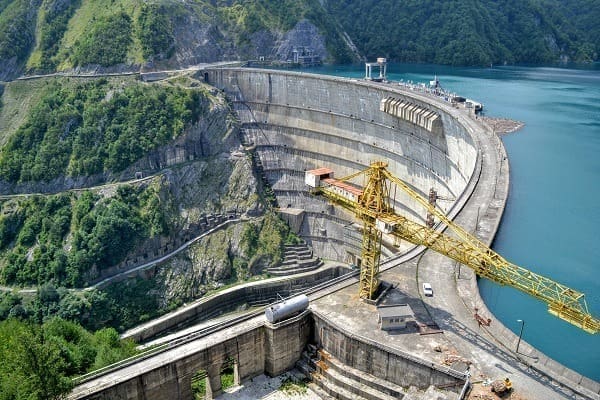Some of the earliest records of international trade stem from purchasing partnerships between Ancient Greece and China more than 3,000 years ago, which provide us with the earliest examples of procurement and supply chain strategies. Read on to learn how procurement has evolved over the years.
The history of procurement was an area explored in a whitepaper from Global Public Procurement, which looked at the early days of sourcing, as well as how the industry developed over the years to become a proper profession.
But what have been some of the key points in the history of procurement and how has procurement developed over the years?
Procurement’s role in history
The concept of procurement has always been in existence. Maybe not in the same regulated way that it is now; but people and businesses have always had to purchase goods, material and labour to complete projects.
Think back to Rome – it wasn’t built in a day, and it certainly wasn’t built without effective suppliers. It was the same with the Pyramids – some form of procurement strategy would have been needed as part of the major construction project’s supply chain.
Although it’s likely that these procurement practices were much simpler, more corrupt and involved slavery, the work they completed still stands today, indicating that thousands of years before modern technology, strong supply chains could still be a reality.
Moving forward, a book written by Charles Babbage in 1832 titled ‘On the Economy of Machinery and Manufactures’ discussed the need for an introduction of a so-called ‘materials man’ in the mining industry. He said that the materials man should be someone who selects, purchases and tracks the goods used on a project – essentially the modern-day chief procurement officer.
How has procurement changed?
So how has procurement evolved over the years? We’d be here all day if we discussed every single change that has taken place in the world of procurement over the past millennium and beyond, which is why we’ve highlighted just three of the most significant alterations below.
1. A more strategic approach to supply chain management
Charles Babbage had the right idea for what was needed back in 1832, but supply chain management has become much more structured over the following years.
Now, a proper strategy is needed to keep supply chain risk to a minimum, particularly as the role that an organisation’s supply chain plays in its day-to-day running has grown significantly.
This means supply chain visibility is now key, not just internally, but on a consumer-facing basis as well to prevent reputational damage – something that became especially evident following one of the most high-profile supply chain disasters of all time, the 2013 horse meat scandal.
2. The development of technology
Of course, technology has played a major part in changing the face of procurement for good.
From providing new ways to manage supplier data to allowing buyers to find out all sorts of information about the contractors they work with through tools such as the Achilles pre-qualification questionnaire, there is no going back from the changes these solutions have brought about.
While digital technology may have only begun to play a part in procurement around 50 years ago, this is one of the most significant changes to have altered the practice since its conception.
3. The abolishment of slavery
Although a more recent development than the others – the Modern Slavery Act was only introduced in the UK in October 2015 – this is a key step in the future of supply chain management.
Slavery has been present in supply chains since ancient times, and although it was abolished in the 1800s, Modern Slavery still exists in around the world.
Following the introduction of the new act, buyers can face significant penalties if their supply chains are found to feature modern slavery – something that could permanently damage their finances, reputation and legal standing.
What’s next for procurement, and how can Achilles help?
As we enter into a new year, what might the future hold for procurement?
Some of the biggest learning curves for supply chain management have come in the past few years. The foundations of the concept were established back in ancient times, but as the world becomes increasingly digital and visible in equal measures, buyers still have some way to go before their procurement strategies are perfect.
At Achilles, we understand that nobody’s perfect, but we have developed solutions to help buyers along the way.
For instance, our cloud-based communities model allows for enhanced collaboration between buyers and suppliers, improving supply chain visibility and allowing procurement teams to make better-informed decisions about the contractors they want to work with, meaning they can keep the level of risk facing their business to a minimum.
What’s more, Achilles Supply Chain Mapping enables buyers to innovatively delve into multiple tiers of their supply chains, finding out who exactly their suppliers are, where they are based and what risk factors may be affecting them.
As supply chains develop further over the coming years and new technology comes into play, it is likely that the procurement departments of tomorrow will become once again unrecognisable from those of today – but each will remain founded on those basic principles first outlined thousands of years ago.


